Mach 2's 1/72 scale
NC/AC-123K “Black Spot” Gunship
by "Bondo" Phil Brandt
|

|
NC/AC-123K “Black Spot” |

HyperScale is proudly supported by Squadron
Background
The long developmental line of Fairchild 123 “Provider” cargo aircraft (which actually began as a glider!) peaked with the 1968 conversion of two jet-recip.-powered
C-123K airframes into long-nosed, esoteric Project Black Spot NC-123K test vehicles meant to hunt and kill enemy trucks and boats operating under the cover of darkness. The “killing” was done via twelve cargo floor-mounted tubes which dispensed various CBUs via computer; no actual “guns” were involved.
Equipped with Forward Looking Infrared (FLIR), Low Light Level TV (LLLTV) and a “Black Crow” vehicle ignition sensor, the only two converted tail numbers (54-691 and 54-698) were first tested in the waters of South Korea where small North Korean vessels would attempt to blend in with fishing fleets and then make secret agent drop-offs and pickups from the South Korean coast. Although the Black Spot sensors could “see” the various boats moving about at night, they couldn’t establish friend from foe, and the South Korean navy had to perform interceptions.
The Black Spot aircraft then moved to South Vietnam’s Phan Rang AB in November 1968 and, through January 1969, flew 186 missions, destroying some 415 trucks and damaging another 273. Further south in the Mekong Delta, these aircraft were credited with 50 sampans destroyed and 24 damaged.
The two Black Spot aircraft were recalled to the CONUS in 1969, and four additional aircrews were trained at Hurlburt AFB by the same crews that had just test-flown the birds in South Vietnam. After being additionally equipped with electronic countermeasures (ECM) and Radar Homing and Warning Systems (RHAWS), the redesignated birds (now known as AC-123Ks) returned to Southeast Asia in October 1969, this time to Ubon Royal Thai Air Base.
Unfortunately a serious altitude limitation of 5000' above ground level for the Black Spot electronic sensors put the attacking aircraft in the effective fire zone for enemy AAA, and most missions over the Ho Chi Minh Trail required them to be escorted by 8th Tactical Fighter Wing assets, usually Thai-based A-1s.
Black Spot missions ceased in June 1970, and both airframes were put in storage at Davis Monthan AFB, supposedly waiting for re-entry into the trash hauling business. Then, according to author Wayne Mutza (in his excellent book, Gunships) both Black Spot birds–they were now minus their distinctive radomes, but still wore highly unusual four-color wraparound camouflage--were transferred to a company in Alabama which does “modifications” for the U.S. Government. According to Mutza, some twenty production Black Spots had originally been planned in 1966. The Black Spot program and its aircraft simply faded away, perhaps into the “black world”. In any event, the innovative systems of the program were invaluable to the development of the long-lived AC-130 Spectre gunship platform, which carries on to this day in Middle East combat operations.
The Kit
As this writer is fond of saying in the forums of HyperScale, “The brand name, ‘Mach 2', sez it all.”
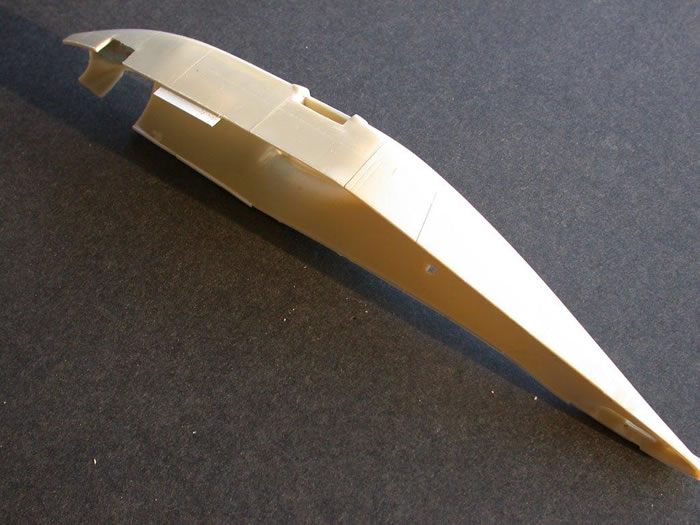
That is, with most Mach 2 kits the builder may reliably expect very ill-fitting parts, thick, cloudy clear components, “short shots” and lots of flash. This C-123 kit doesn’t disappoint in those respects.
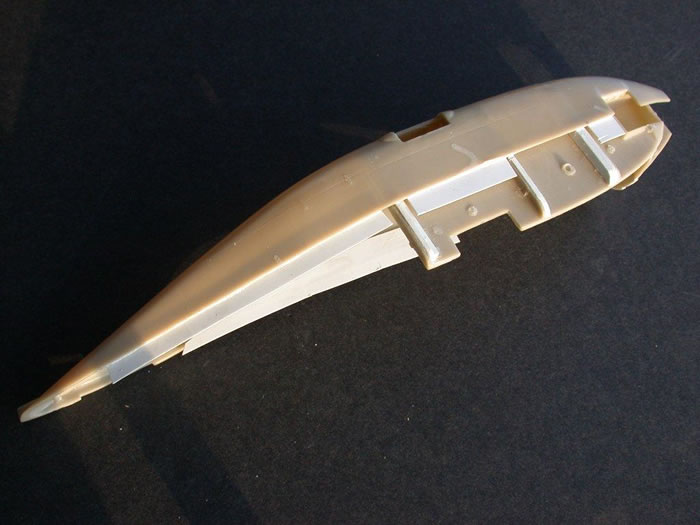
Unfortunately, except for the ancient Airmodel vac kit, there’s essentially nothing else available in 1/72 scale, so if ya really want a 123, you’re stuck with all of Mach 2's Gallic short-run idiosyncrasies.
The most egregious fit problem was the concave underfuselage warpage in both fuselage halves. In the real deal, the bottom of the fuselage is flat--I actually laid in the dirt under the 123 on display at the March AFB Air Museum to verify that flatness; it’s real! After slicing transversely through the bottom of each fuselage half (to ease the force needed to get the warped halves back into accurate position), the bottom mating edges of the Mach 2's fuselage halves had to be forcibly jacked outward about 1/8"; then 1/8" thick scratchbuilt formers were CA’ed to said jacked-out halves to keep ‘em that way when released. Thin plastic tabs were installed on various fuselage mating edges ala vacuform practice to further aid alignment. After gluing, this plastic manipulation was all followed by multiple iterations of auto lacquer primer and Blue Acryl putty.
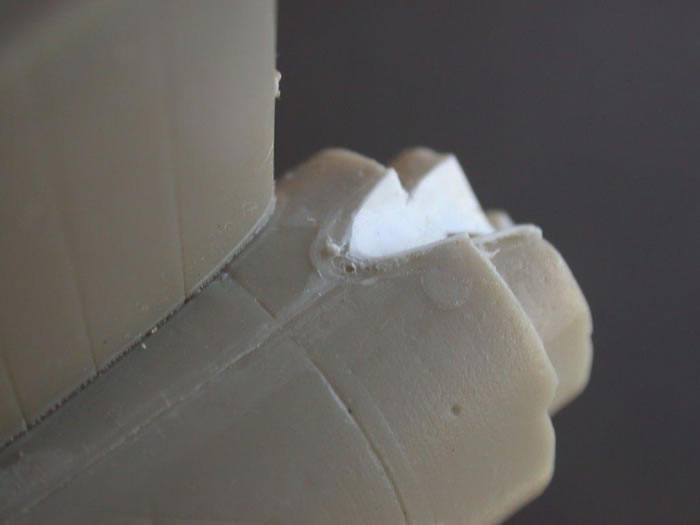
One auxiliary J60 jet pod was “short shot” at its aft end, requiring rebuilding with A&B epoxy putty. Thinwall plastic tubing formed the jet exhaust outlets, and brass tubing (cut with a cutoff disk in the Dremel, don’cha know) replaced the plastic recip exhaust pipes. The nacelle depressions just aft of the cowlings (in which nest the exhaust tubes) were also deepened and lengthened.
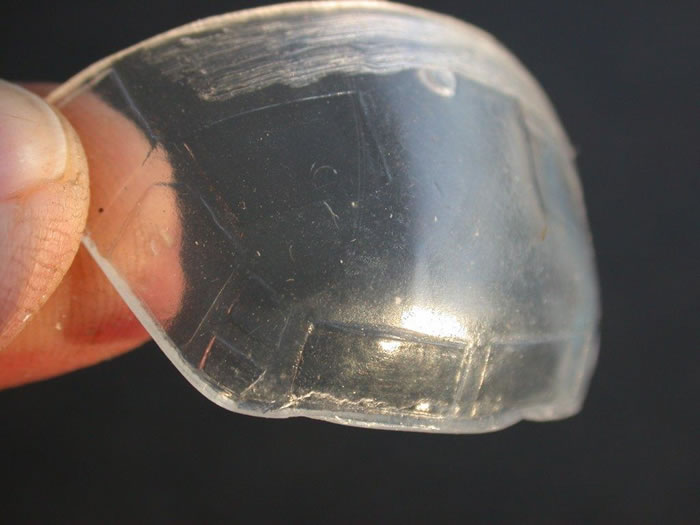
Fixing the incorrect canopy profile–it’s been criticized by folks who actually flew the 123--would’ve required total scratchbuilding of a new master and then vacuforming. I just didn’t feel like such a drill after the laborious fuselage scene; fairing in the cloudy, crude canopy to the fuselage was quite enough work.
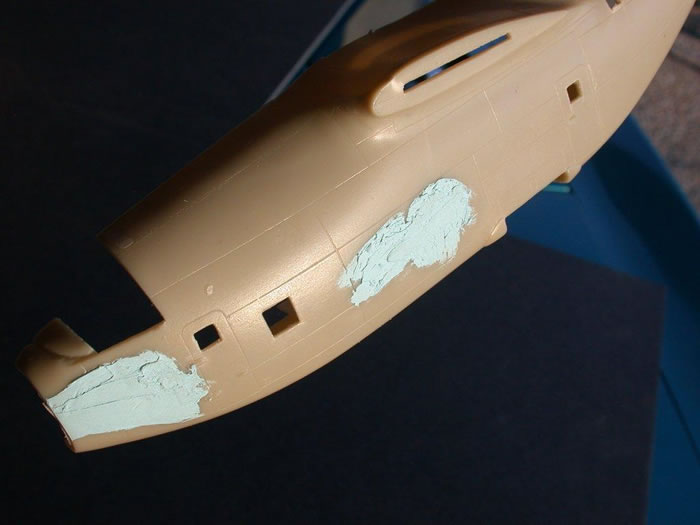
Various windows in the cargo version had to be filled in for the NC/AC.
The unusual, stand-alone color scheme of these two airframes was somewhat more SAC-like (SIOP) than TAC. I worked from two color shots of the real thing, but it was still tough to figure out if the darkest color was a very deep black-green, or was actually black (I settled on black). I also used Don Greer’s beautiful color illustration of a Black Spot bird on the front cover of the Squadron In Action No. 1124, C-123 Provider.
Four iterations of airframe masking made necessary by the unique wraparound four-color scheme was the main element in completing the kit. In 1/72 scale, it’s difficult to portray a realistic delineation between colors, even with a high quality airbrush; many models in this scale have much too gradual color “breaks” that in real life would be about twelve inches wide! While a hard line between colors would probably be closest to reality in this scale, it still looks a bit odd to these elderly eyes. So, I lift the edge of the masking tape ever so slightly with the tip of a Number 11 blade and then spray gently across the lifted edge.
Another tough build from the employees of the Difficult Kit Division of Bondo Industries; I won’t deny that we love the weird stuff!

Model, Images and Text Copyright ©
2010 by "Bondo" Phil Brandt
Page Created 20 May, 2010
Last Updated
21 May, 2010
Back to
HyperScale Main Page |
Home
| What's New | Features | Gallery | Reviews | Reference | Resource Guides | Forum |